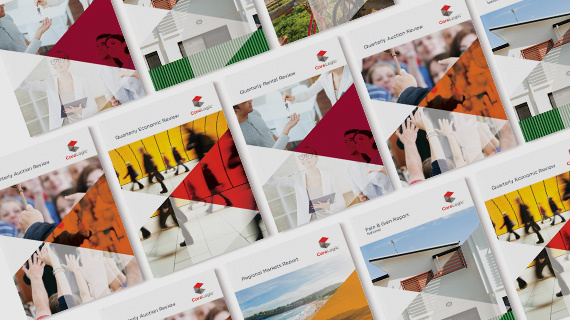PHOTO: The Reserve Bank of New Zealand. FILE
After becoming one of the first advanced nations to raise interest rates during the COVID-19 era, New Zealand might have another rate hike on the horizon. Rising inflation has sparked a string of speculations regarding further policy tightening by the Reserve Bank of New Zealand (RBNZ). The tightening spree is expected to continue well into the next year to potentially bring the red-hot property prices back to affordable levels.
The Reserve Bank would be meeting on Wednesday for the Monetary Policy meet and a subsequent Media Conference. Speculations are rife that round two of the rate hike announcement would be made during this meeting. The move would be in continuation with the ongoing tightening measures that the central bank has adopted, including a 25-basis point hike in the official cash rate last month.
Although a rate hike appears certain, the degree to which this increase would be brought forth by the RBNZ is highly unpredictable. Much of the certainty around RBNZ’s actions stems from the nation’s better than expected recovery from the pandemic alongside a robust containment of the virus. A concerning byproduct of this phenomenal recovery has been a general uptick in prices amid an already heated property market.
Higher Inflation Ahead?
The current inflationary spells and predicted hikes in inflation have both been a cause of concern for the central bank. In fact, the aggressive stance taken by the RBNZ on interest rates has majorly stemmed from the bank’s expectations of further rises in inflation during the fourth quarter.
The quarterly survey of expectations by the RBNZ showed business managers anticipated annual inflation to average 3.7 per cent over the coming year. It represents the highest inflation in 11 years.
With policy action seeping into the economy, the inflation expectations for the next two years is likely to rise to 2.96 per cent. This value is on the higher end of the central bank’s target range of 1 – 3 per cent. Meanwhile, the central bank’s five-year inflation expectations rose from 2.03 per cent to 2.17 per cent, representing the highest reported figure since September 2017.
With Consumer Price Index (CPI) level inching up 4.9 per cent in the September quarter, inflation has surged at the fastest pace in more than a decade. With current inflation ranging close to 5 per cent, the pressure on RBNZ is higher than ever to bring the right policy action into place. In fact, the central bank’s inflation target band of 2-3 per cent has now been significantly outdone by the changing market forces.
Bringing Things Under Control
The varying degree of recovery observed across different nations has made the road challenging for policymakers. The return of normalcy demands constant improvisation by national leaders and policymakers at each stage of the recovery process.
Interestingly, economic data from New Zealand has been promising to say the least. Growth can be seen across sectors, despite restrictions being reinstated across parts of the country due to increasing COVID-19 cases. Wages have been on the incline, and labour markets have strengthened, with unemployment plunging to 15-year lows. Additionally, the GDP surpassed expectations during the second quarter despite the pandemic-driven headwinds. This faster-than-expected pace of recovery seen across major economic indicators has further heightened the need for policy tightening in the country.
The central bank estimates the nominal neutral OCR (Official Cash Rate) to be about 2 per cent, which is still 1.5 per cent higher than the current OCR. Moreover, the bank expects the neutral level to be achieved by the end of 2023. However, with the dynamic nature of the recovery process, the conditions appropriate for a rate hike have arisen earlier than expected. According to market predictions, the OCR could jump to 0.75 per cent in the December quarter, following a 25 basis points’ rate hike in the upcoming policy meet.
In a nutshell, the RBNZ has a lot going on its plate, with little time left to control the inflation levels from running out of control. While some amount of inflation is a normal consequence of a recovering economy, upside inflationary risks can put the economy in a tight spot. Thus, it seems essential for the central bank to carefully navigate through the ongoing headwinds and find the best possible policy action.














